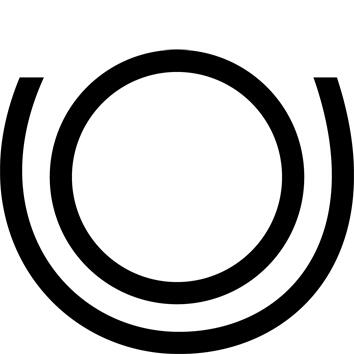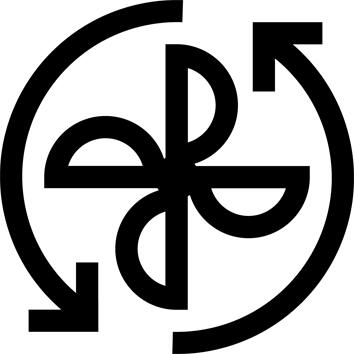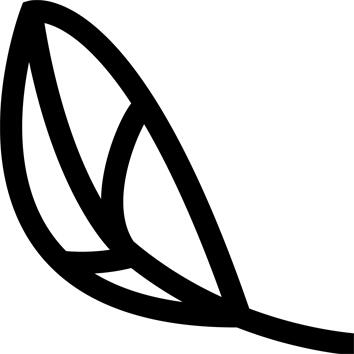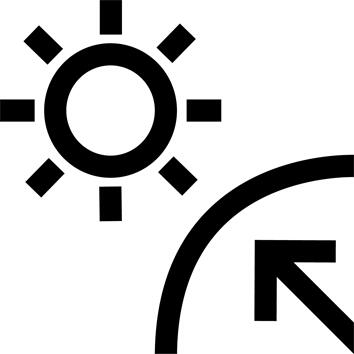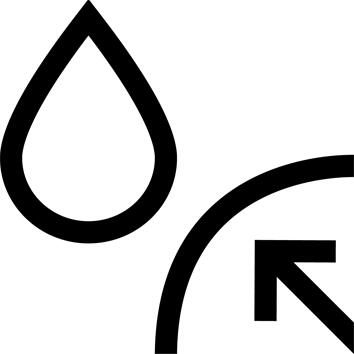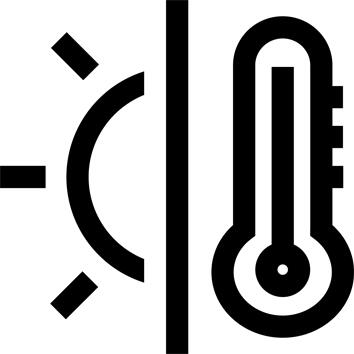COMPATIBILITY
Supplied with 2 types of visor spacers. 1 dedicated to eyeglass wearers, allowing the visor to be shifted forward (8mm) so that the glasses don't touch.
CONSTRUCTION
HOLO CORE: For enhanced impact protection.
HELMET VISOR FEATURE
Visor helmets are very comfortable and practical to use. However, we recommend them for skiers who travel at moderate speeds. Windtightness is less effective than that provided by a mask, which hugs your nose and face perfectly. If you're skiing very fast, air can get in, and that can be unpleasant.
For a better seal, it's imperative to lower the visor as far as it will go. If you can't, then this helmet is not for you.
TESTING
Take the time you need to try them on. You shouldn't feel any uncomfortable points either on the helmet or on the visor. If you do, try on another model.
If you wear glasses, try on the helmet with the pair you'll be using, opening and closing the visor to check for any discomfort.
Glasses don't fog up because of the helmet. Anti-fog treatments are available for use on glasses.
SIZE SELECTION?
* Measure your head circumference in centimetres (middle of forehead, just above the ears).
* Then choose the size that covers this measurement.
Example: if your head circumference is 56cm, then try a helmet size 55-59cm.
EN 1077 standard
European standard EN 1077:2007 applies to helmets used for head protection during downhill skiing or snowboarding. It is characterized by tests on impact absorption capacity and penetration resistance. There are 2 categories:
- Class A: Protects the top and back of the head, as well as the ears and side of the head.
- Class B: Protects the top and back of the head, but does not cover the ears.
HEADPHONE SETTINGS
During practice, the ski helmet must be properly adjusted and fitted:
* It must be chosen in the right size.
* The head size must be adjusted using the tightening knob.
* The chinstrap must be correctly adjusted.
It's a bit like the seatbelt in a car: if it's too loose, it won't do its job and you'll be less well protected.
SAFETY
Avoid wearing a thick cap under your helmet, as it will pull your helmet away from your head and you will be less well protected.
Choose a cap or balaclava under your helmet, which are very thin and won't compromise your safety. A helmet keeps you warm, so there's often no need to add a layer. You should also avoid adding a camera to your helmet, as this can compromise safety. The standard does not take into account the addition of elements on the helmet.
ACCOUNTING EYEWEAR
The pleasure of skiing should be accessible to all, including spectacle wearers. Atomic offers you this helmet with visor, which is more practical to use than an over-the-glasses (OTG) ski mask. For reasons of goggle size, some models are incompatible. Visit Decathlon to try the helmet with your goggles.
Return conditions (Specific product: Personal protective equipment)
Make sure that this product is suitable for you.
If not, return it in accordance with our conditions: with instructions, labels and, if applicable, its original packaging;
